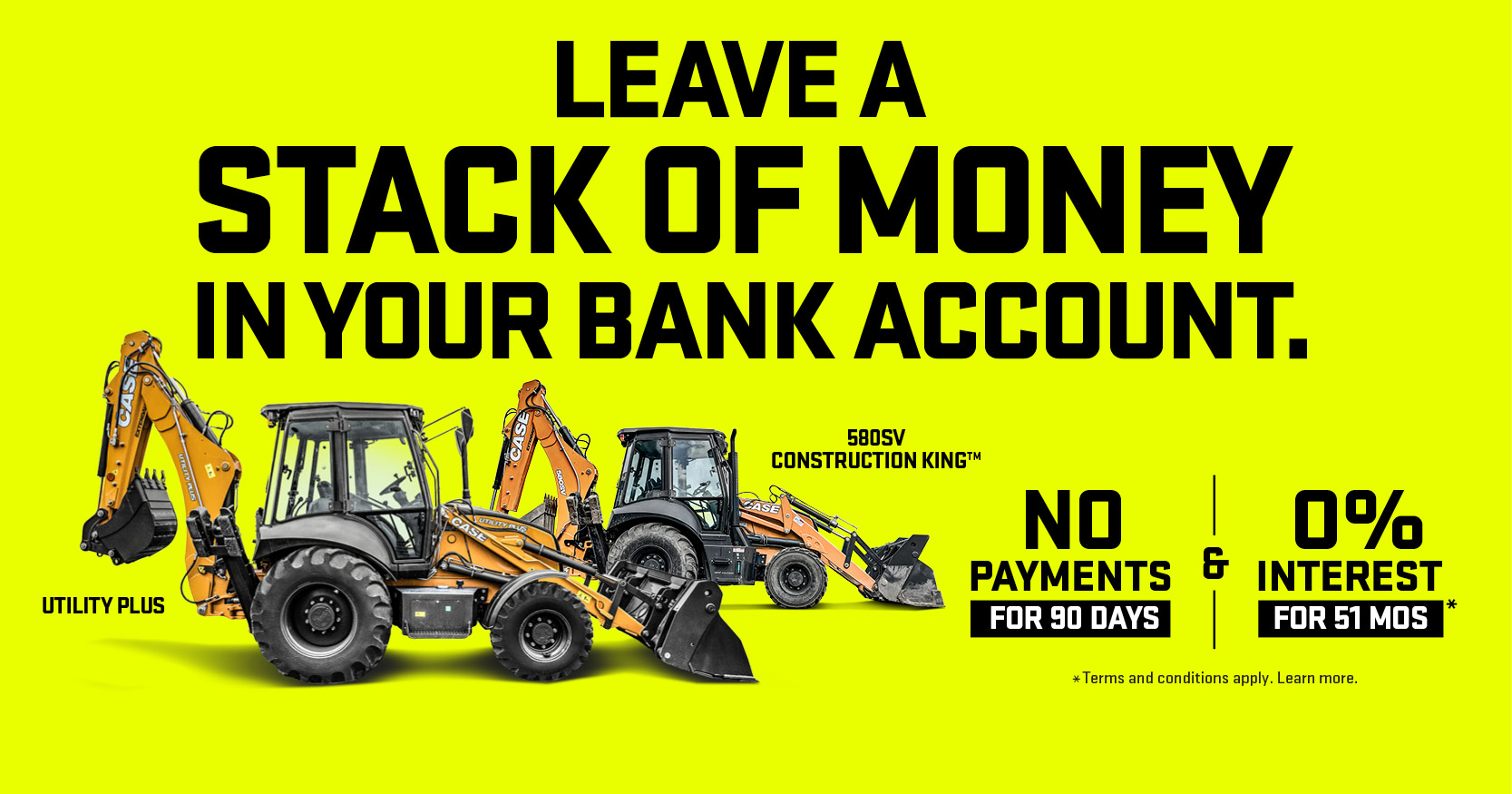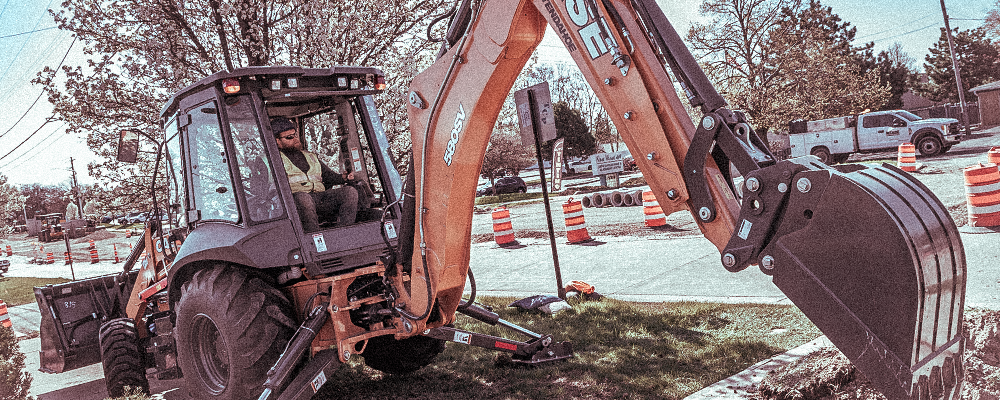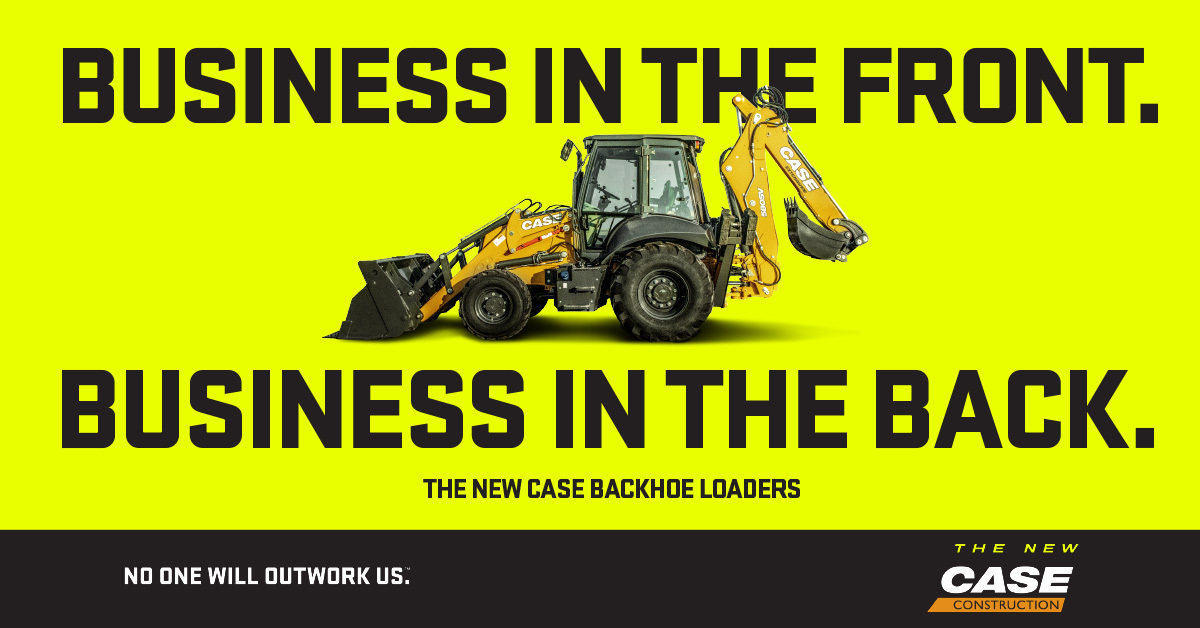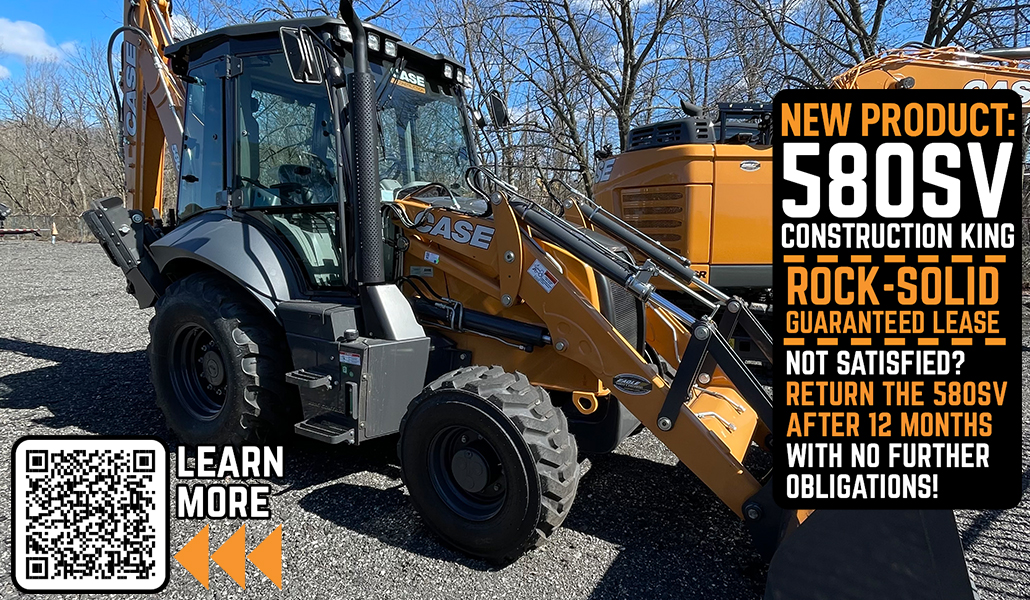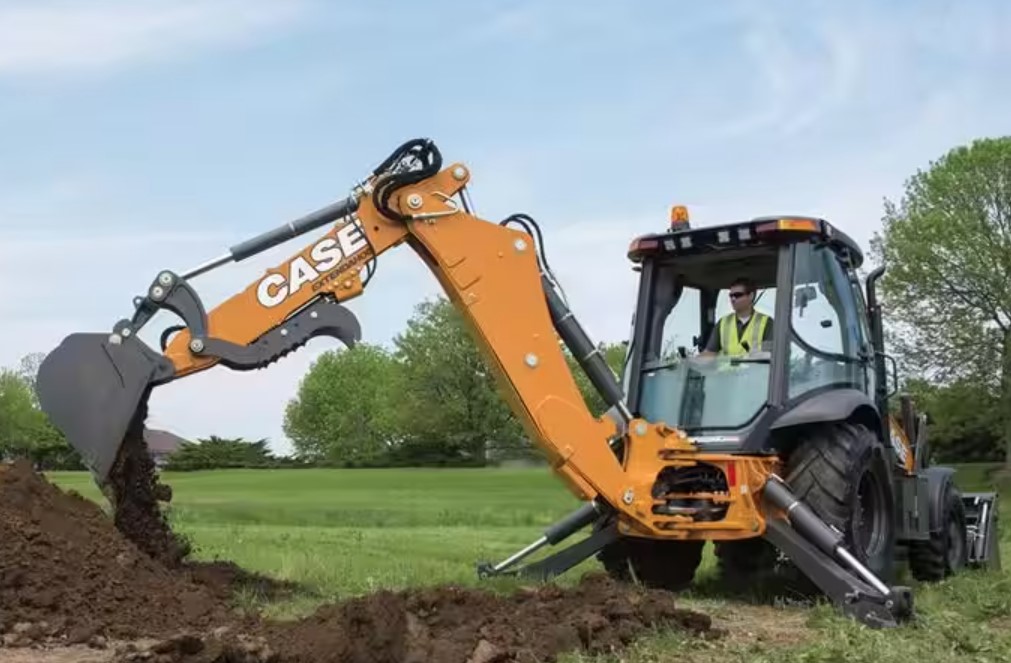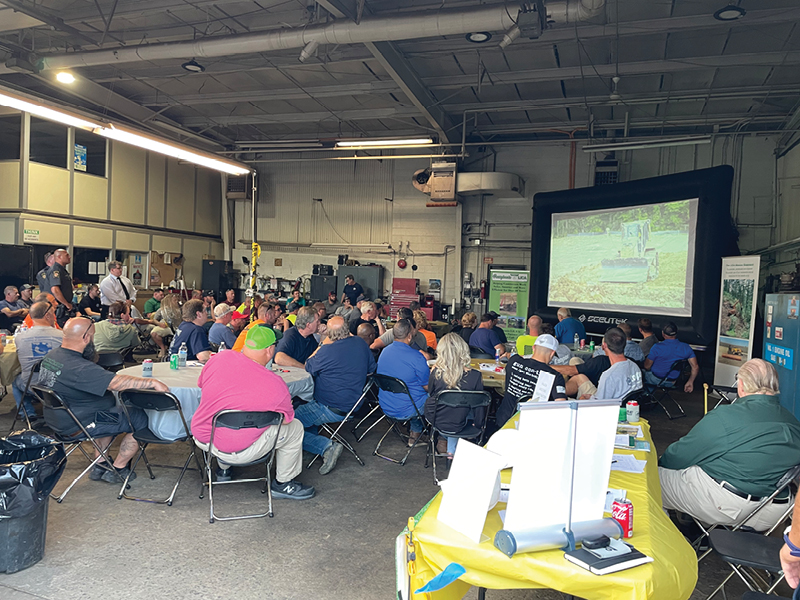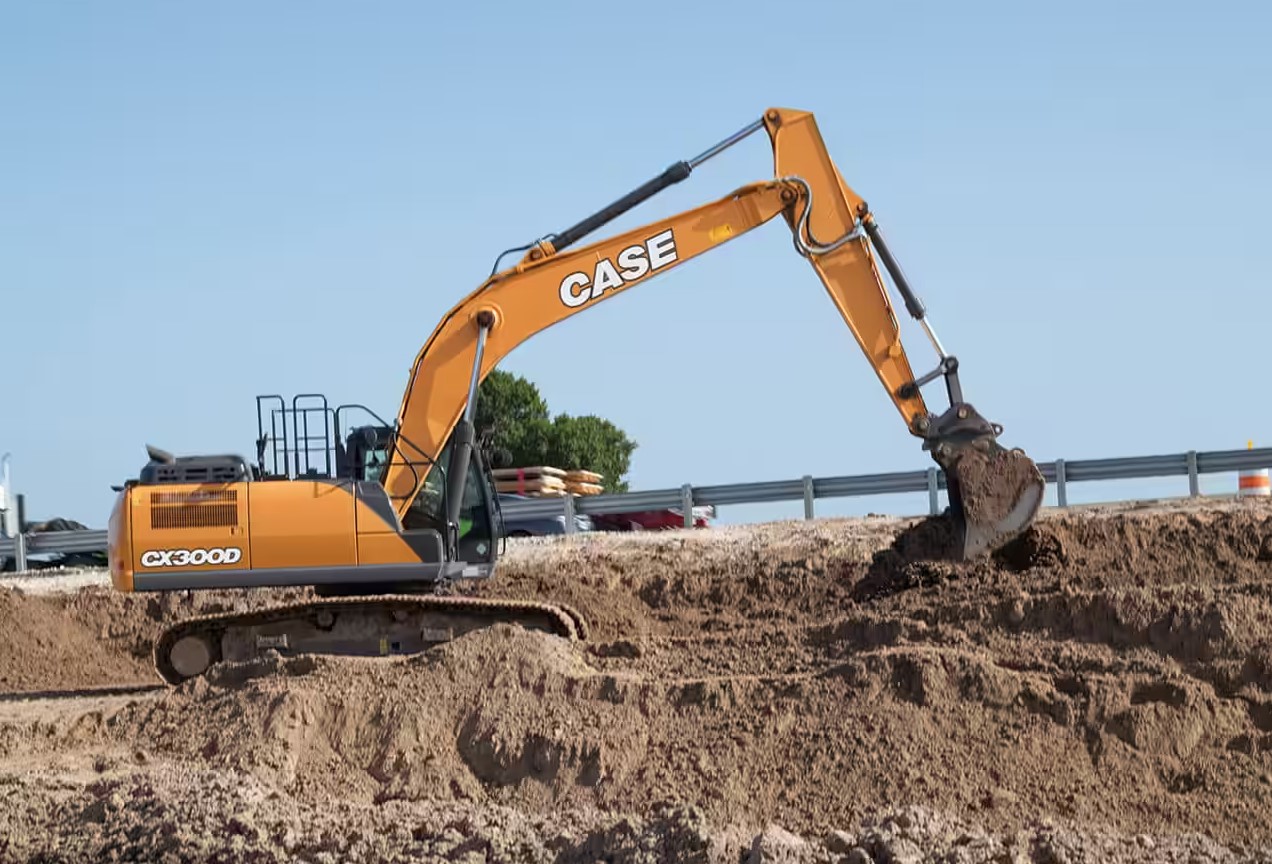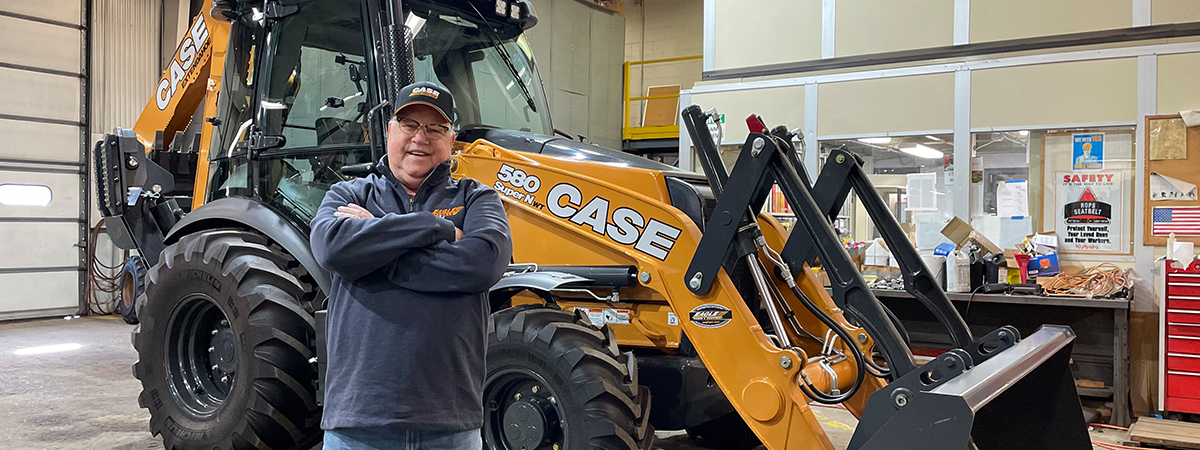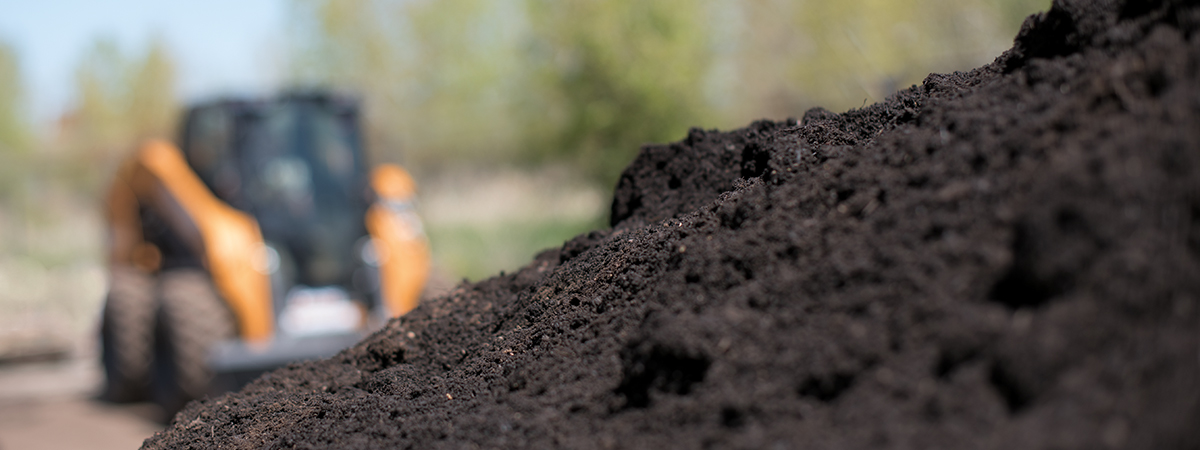Blog
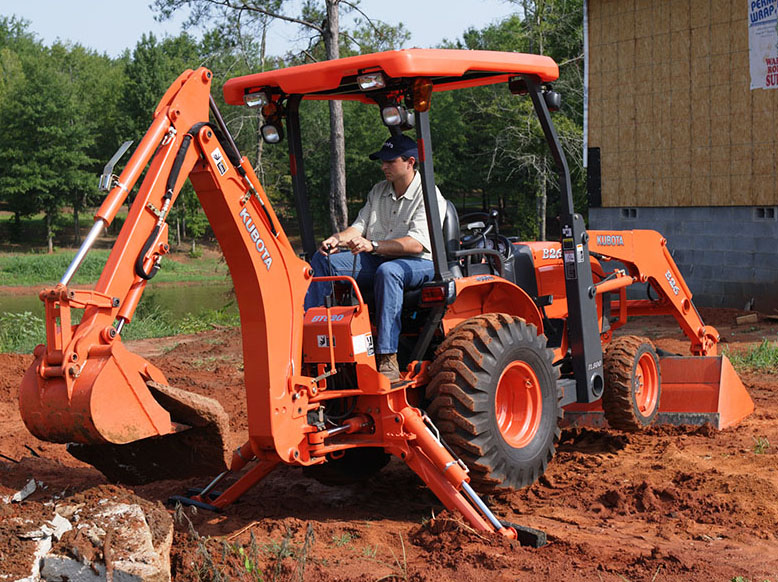
Backhoe Maintenance Tips
July 13, 2023If you’re involved in construction work or are a construction equipment owner or operator, knowing how to maintain and service your construction equipment is crucial. One machine that often plays a vital role on construction sites is the backhoe. How can you effectively maintain and service a backhoe to get the very most out of the machine?
Regular maintenance and servicing are essential for a backhoe’s longevity and performance. Some key tips include changing the engine oil regularly, inspecting hydraulic fluid levels and filters, greasing pivot points and moving parts, and often checking tire pressure. Adhering to the manufacturer’s maintenance schedule and promptly addressing any issues can help prevent costly repairs and downtime.
What are the specific procedures involved in maintaining a backhoe?
Maintaining a backhoe involves a series of specific procedures that include regular engine oil changes, hydraulic system maintenance, greasing of pivot points, and thorough inspections of various components.
Engine Oil Changes:
Regularly changing the engine oil is essential for the smooth operation of your backhoe. The frequency of oil changes will depend on the manufacturer’s recommendations and the operating conditions. Typically, it is advised to change the engine oil every 250 hours of operation or as recommended in the owner’s manual. Clean oil helps lubricate the engine components and prevent excessive wear and tear.
Hydraulic System Maintenance:
The hydraulic system is a critical part of a backhoe, responsible for powering the various attachments and movements. Proper maintenance of the hydraulic system involves checking and maintaining the hydraulic fluid levels, inspecting hydraulic filters, and ensuring there are no leaks. Low fluid levels or clogged filters can significantly impact the backhoe’s performance, so regular checks are crucial.
Greasing Pivot Points and Moving Parts:
Backhoes have multiple pivot points and moving parts that require proper lubrication to operate smoothly. Regularly greasing these components helps reduce friction, prevents premature wear, and ensures optimal performance. Refer to the owner’s manual for the recommended greasing intervals and use the appropriate type of grease for each component.
Thorough Inspections:
Performing regular inspections of your backhoe is vital to catch any issues before they escalate into major problems. Inspect various components such as tires, hoses, belts, electrical connections, and controls. Look for signs of wear, damage, or loose connections. By identifying and addressing potential issues early on, you can prevent costly repairs and avoid unexpected downtime on the job site.
By following these specific procedures, you can effectively maintain your backhoe and maximize its performance and lifespan. Regular maintenance not only keeps your equipment in top shape but also ensures safety and productivity on the construction site. Now, let’s move on to addressing another important question related to backhoe maintenance.
What are some common problems to watch out for when maintaining a backhoe?
When it comes to maintaining a backhoe, being aware of common problems can help you address them promptly and avoid potential issues down the line. Here are a few common problems to watch out for:
Hydraulic Leaks:
One of the most common issues with backhoes is hydraulic leaks. These leaks can occur in hoses, fittings, or seals and can result in reduced performance and potential damage to the hydraulic system. Regularly inspect the hydraulic system for any signs of leaks, such as fluid pooling or noticeable drops in fluid levels. If a leak is detected, it’s important to address it promptly by replacing or repairing the affected components.
Engine Overheating:
Backhoes operate in demanding conditions, and engine overheating can be a common problem. It can be caused by factors such as low coolant levels, clogged radiators, or malfunctioning cooling fans. Regularly check the coolant levels and inspect the radiator for any obstructions or debris. Ensure that the cooling system is functioning properly and address any issues promptly to prevent engine damage.
Electrical System Malfunctions:
Electrical problems can occur in the backhoe’s wiring, switches, or controls. These issues can result in malfunctioning lights, non-responsive controls, or even complete equipment shutdown. Regularly inspect the electrical system for loose connections, damaged wiring, or worn-out switches. Test the functionality of all controls and lights to ensure they are working correctly. If any electrical problems are identified, consult a qualified technician for repairs.
Wear and Tear on Attachments:
Backhoe attachments, such as buckets and breakers, experience significant wear and tear during operation. Inspect the attachments regularly for signs of damage, excessive wear, or loose connections. Replace any worn-out or damaged parts to maintain optimal performance and prevent further damage to the backhoe.
By staying vigilant and addressing these common problems promptly, you can ensure that your backhoe operates at its best and minimize downtime on the job site. Remember, regular maintenance and inspections are key to keeping your equipment in top condition. Now, let’s move on to our final question related to backhoe maintenance.
Are there any safety precautions to keep in mind during backhoe maintenance?
Safety is paramount when it comes to backhoe maintenance. While performing maintenance tasks, it’s essential to keep the following safety precautions in mind:
- Read the Manual:
Before starting any maintenance procedures, thoroughly read the manufacturer’s manual for the backhoe. Familiarize yourself with the recommended maintenance tasks, safety guidelines, and any specific precautions related to your equipment model. - Wear Personal Protective Equipment (PPE):
Always wear the appropriate personal protective equipment, including safety glasses, gloves, and sturdy footwear, when working on a backhoe. PPE protects you from potential hazards, such as sharp edges, hot surfaces, or flying debris. - Use Lockout/Tagout Procedures:
Before conducting any maintenance or servicing tasks, follow lockout/tagout procedures to ensure the backhoe is safely immobilized. This involves disconnecting the power source, placing lockout/tagout devices on the controls, and informing others about the maintenance activities being carried out. - Beware of Moving Parts:
Backhoes have various moving parts, such as hydraulic cylinders, booms, and buckets. Always be cautious and avoid placing your hands or body near these moving parts while the backhoe is in operation or during maintenance. Engage the safety locks and secure attachments properly before working on or around them. - Work on Stable Ground:
Ensure that the backhoe is parked on stable and level ground before starting any maintenance tasks. This provides stability and reduces the risk of accidents or equipment tipping over. - Proper Lifting Techniques:
When handling heavy components or performing tasks that require lifting, use proper lifting techniques. Bend your knees, keep your back straight, and lift with your legs to avoid strain or injury. If assistance is needed, don’t hesitate to ask for help. - Secure Tools and Equipment:
Ensure that all tools and equipment are properly secured while working on the backhoe. Loose tools or equipment can pose a hazard if they fall or interfere with moving parts. Use tool belts, toolboxes, or designated storage areas to keep everything organized and within reach. - Be Mindful of Surroundings:
Pay attention to your surroundings and be aware of other people, vehicles, or equipment in the vicinity. Communicate with colleagues and make sure there is clear visibility and communication to avoid any potential accidents. - Never Work Under Unsupported Equipment:
Never work under the backhoe or any raised components unless you have proper support in place. Always use appropriate jack stands or support equipment to ensure the backhoe remains stable and secure. - Regular Training and Certification:
Ensure that you and your team members receive proper training and certification for operating and maintaining a backhoe. Stay up to date with industry best practices and safety guidelines to ensure a safe working environment.
By following these safety precautions, you can mitigate potential risks and create a safer work environment during backhoe maintenance.
Maintaining and servicing a backhoe is crucial for its optimal performance and longevity. By adhering to regular maintenance procedures, being aware of common problems, and following safety precautions, you can ensure that your backhoe operates smoothly and safely. Don’t overlook the importance of proper maintenance, as it can save you time and money and prevent costly repairs in the long run.
Need the very best quality construction machinery for your next project? Contact us today and see why Eagle Power & Equipment is your go-to option for construction gear sales, rentals, service, and repairs!
Related Articles
https://www.high-endrolex.com/47
